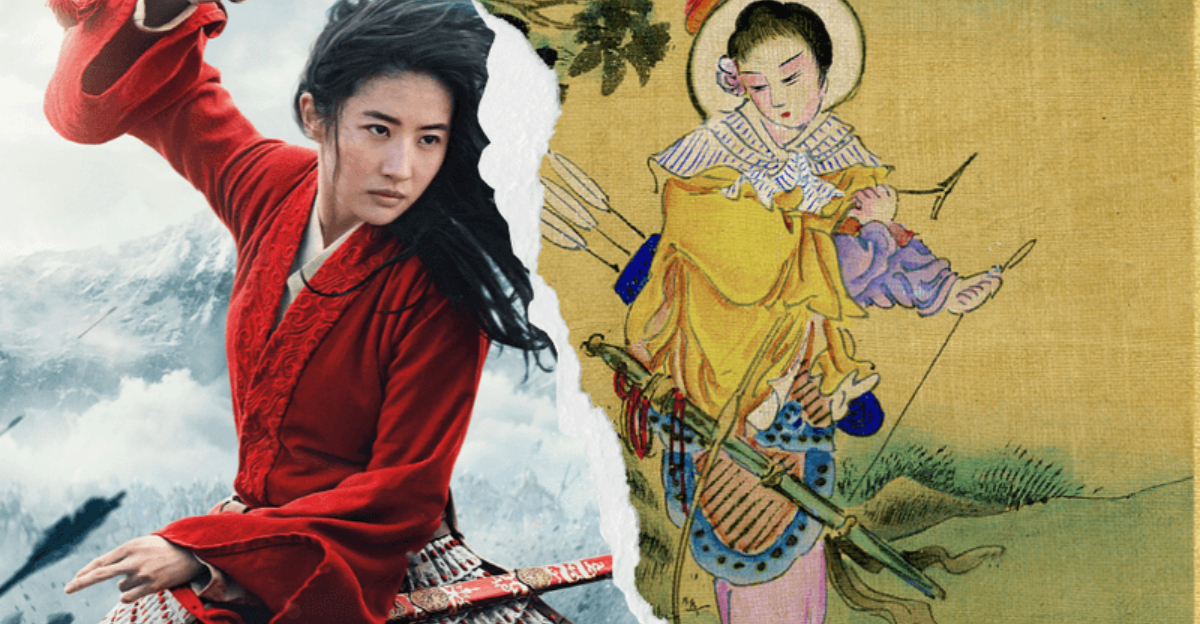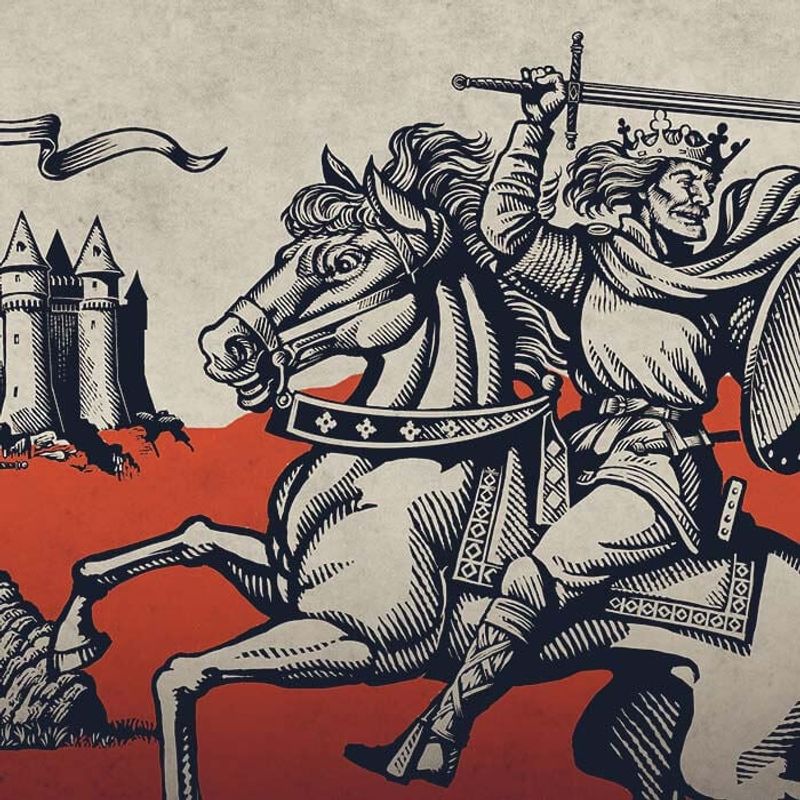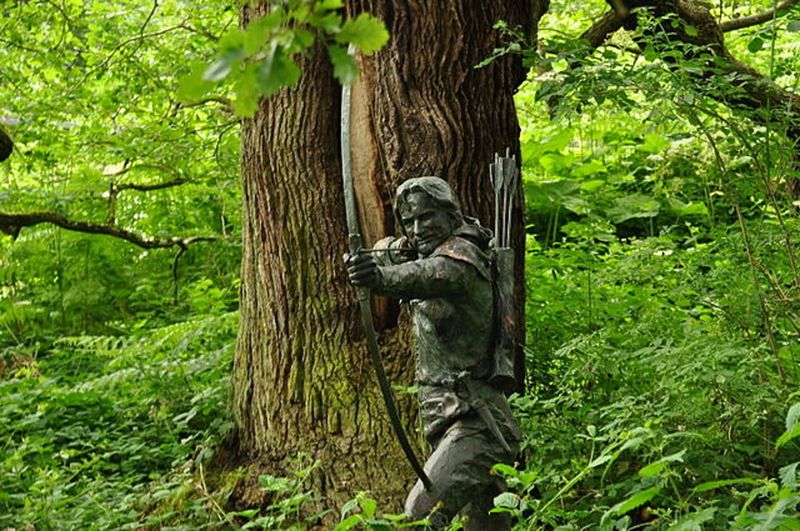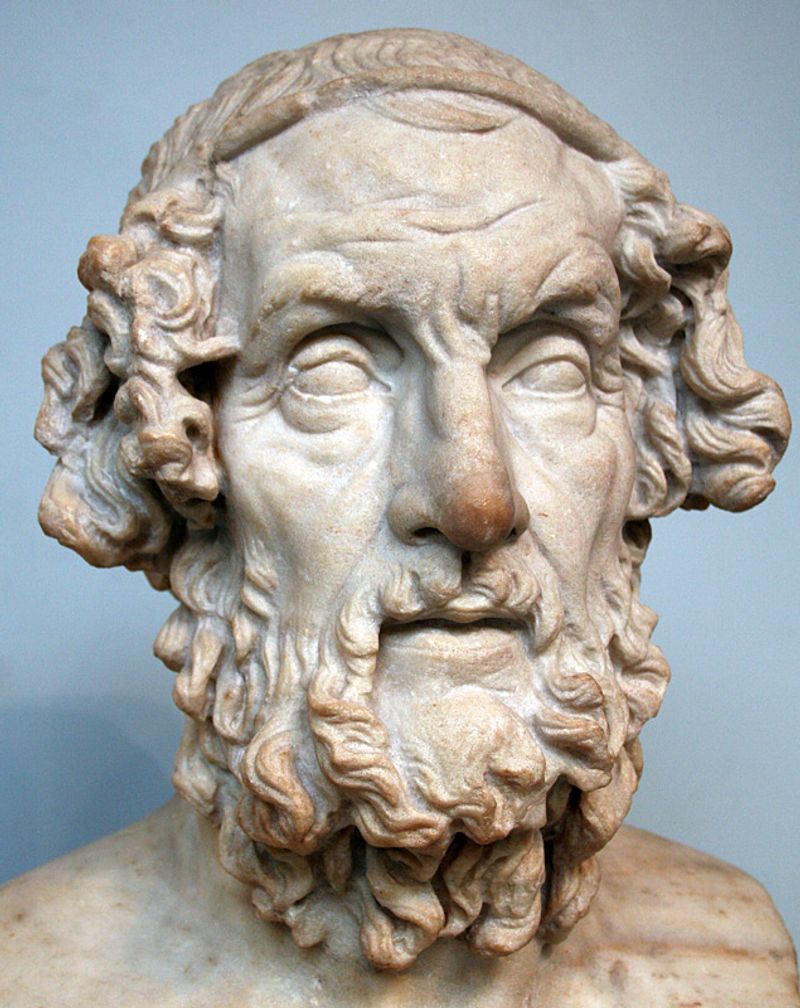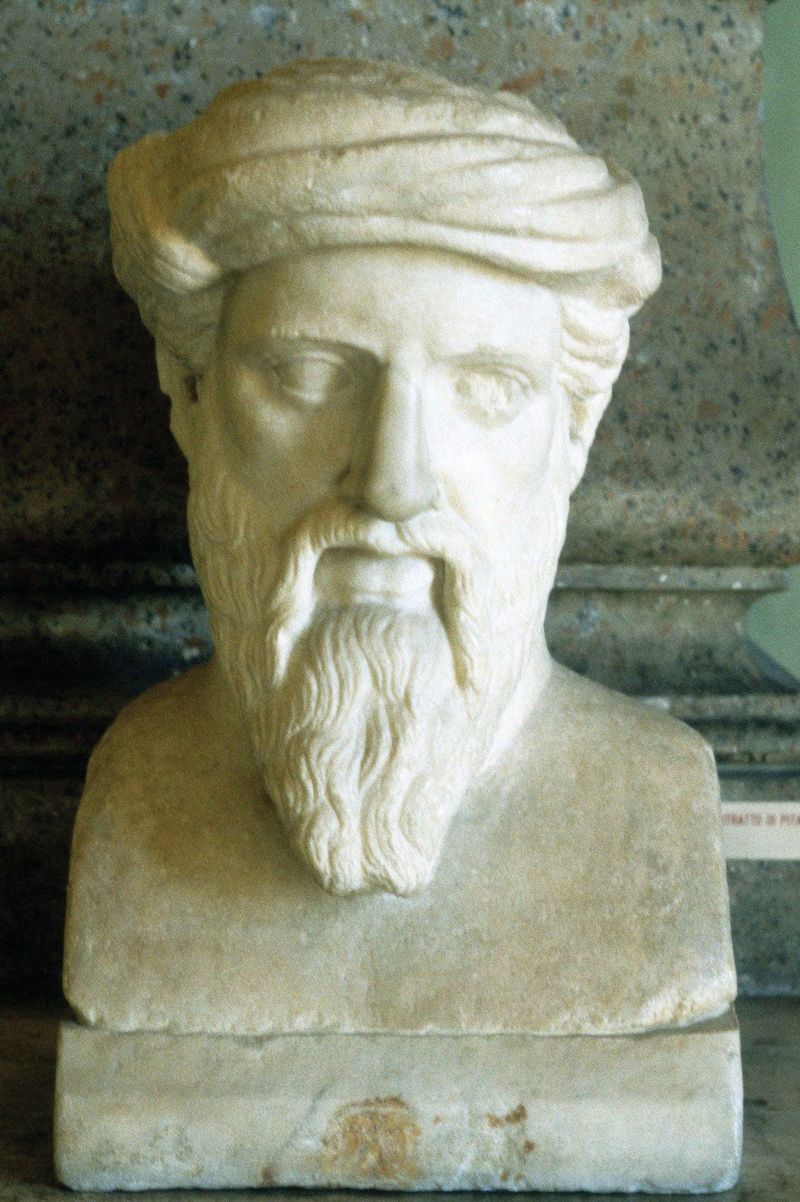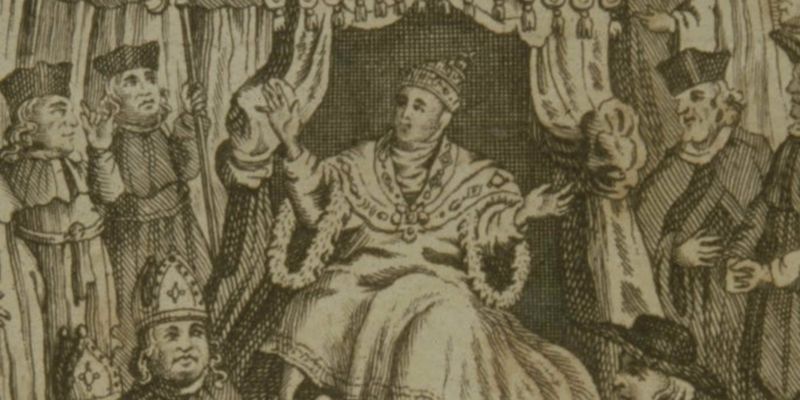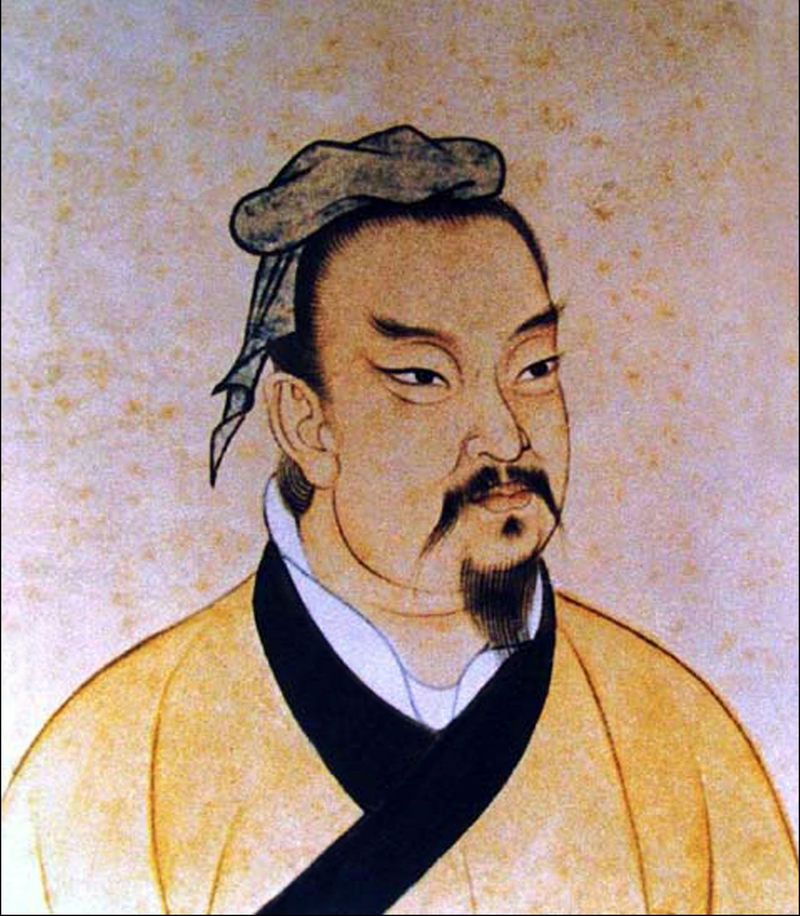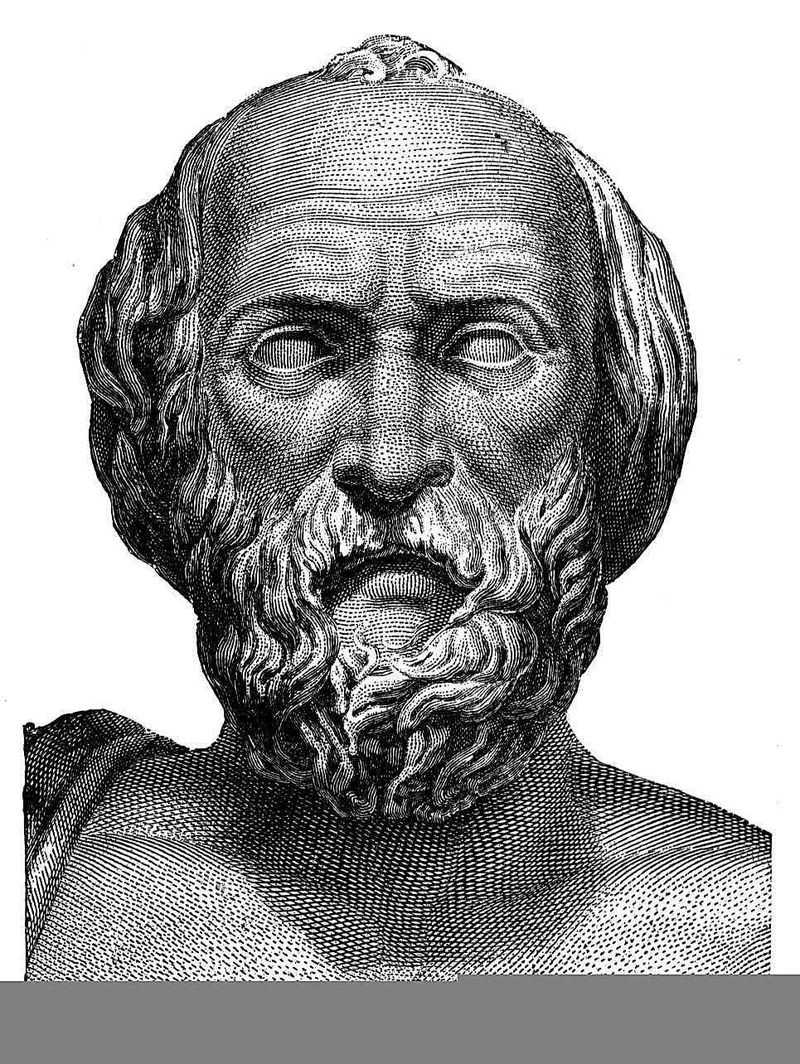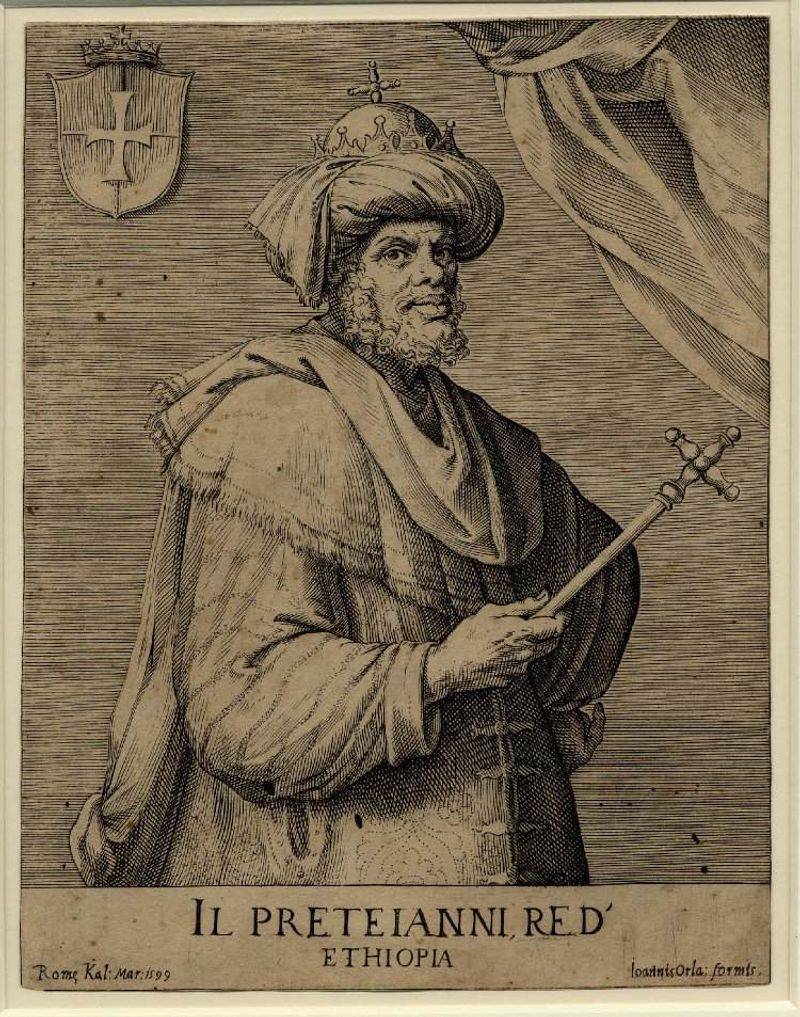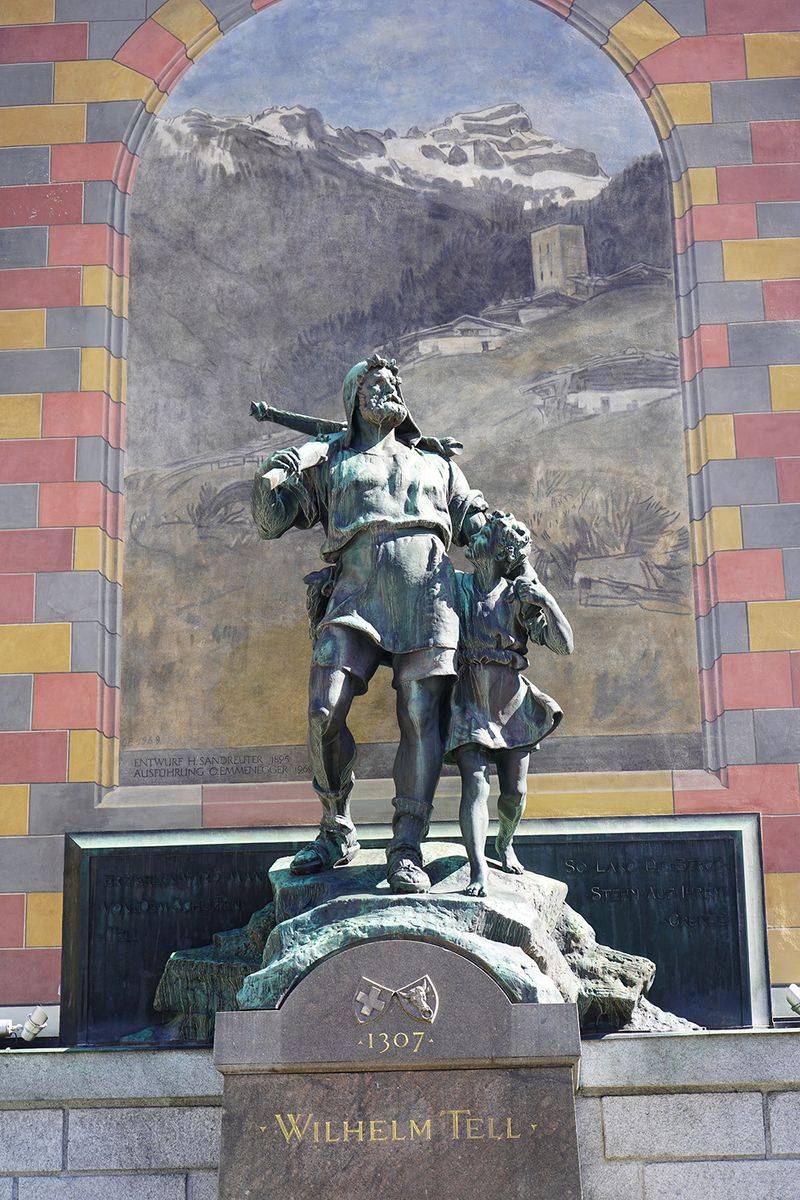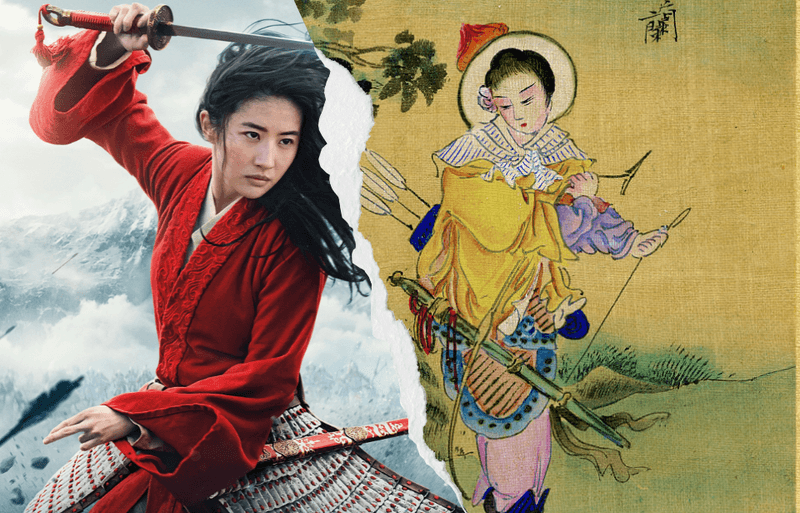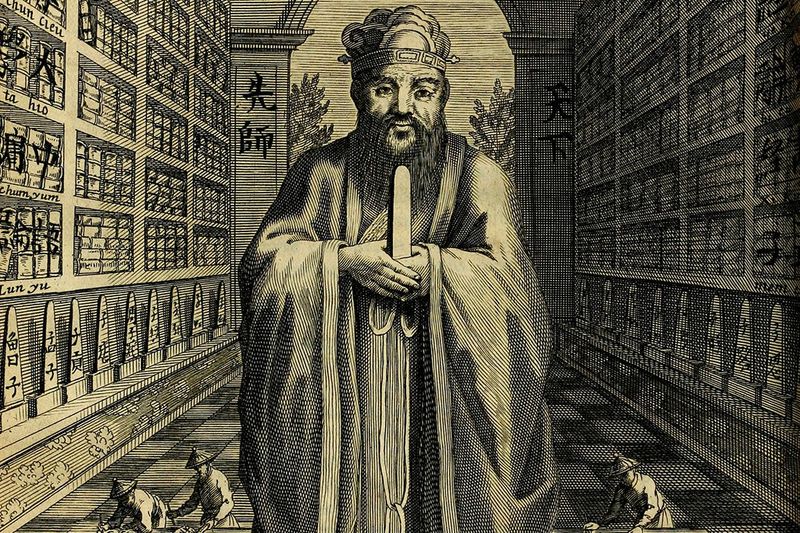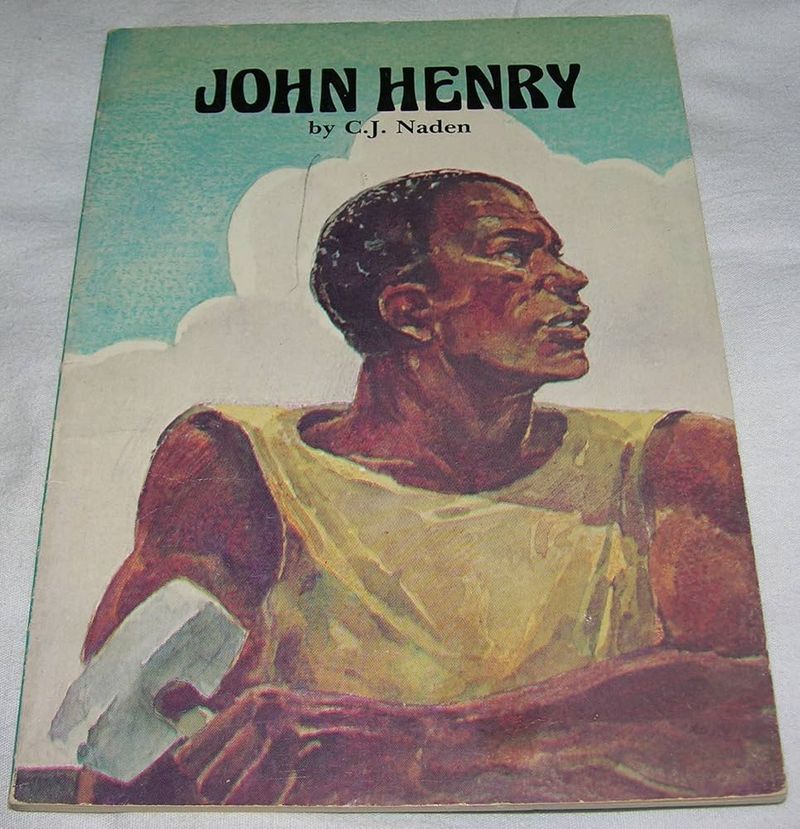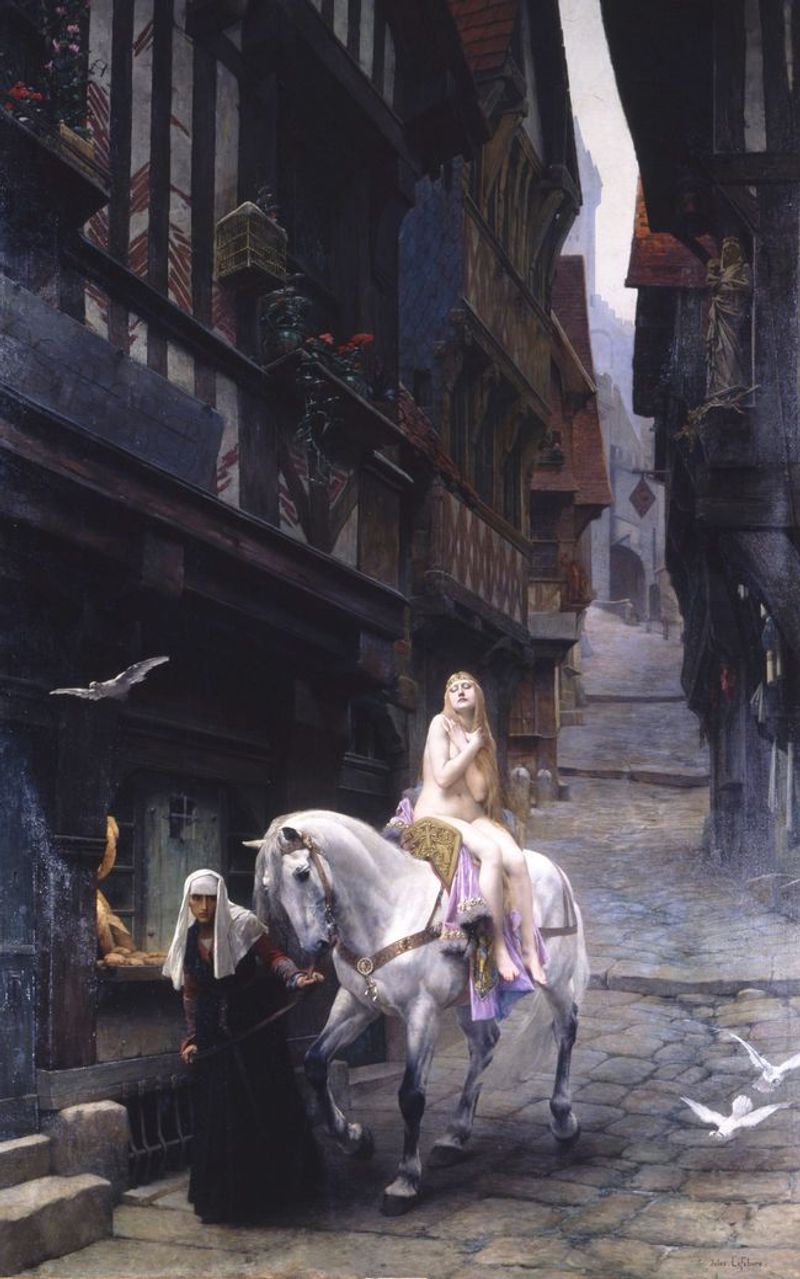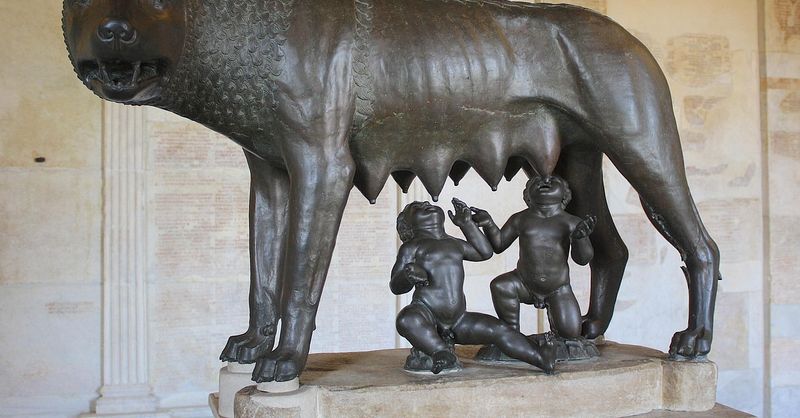History is filled with enigmatic figures whose existence is shrouded in mystery. Some characters have become legends over time, leaving us questioning their authenticity. Let’s explore 15 historical figures who may have been entirely invented.
1. King Arthur
King Arthur, the legendary ruler of Camelot, has intrigued historians for centuries. Despite being celebrated as a noble king, no contemporary records confirm his existence. The tales of his knights, round table, and quest for the Holy Grail stem from medieval romances rather than documented history.
Geoffrey of Monmouth’s writings elevated Arthur to legendary status, blending Celtic folklore with imaginative storytelling. Could Arthur be a mere manifestation of British cultural aspirations?
His story, rich in chivalry and adventure, continues to captivate, leaving us pondering whether he was a heroic king or a mythical creation.
2. Robin Hood
Robin Hood, the iconic outlaw of Sherwood Forest, symbolizes rebellion against tyranny. Yet, evidence supporting his real-life deeds is elusive. His legend first emerged in 14th-century ballads, portraying him as a hero who stole from the rich and gave to the poor.
Some believe Robin Hood is a composite of various outlaws or satirical commentary on medieval society. His audacious exploits and merry band have inspired countless adaptations.
Was he a genuine historical figure or a folklore embodiment of justice? His legacy endures as a symbol of resistance.
3. Homer
Homer, the esteemed author of the Iliad and Odyssey, is a pivotal figure in classical literature. Yet, doubts linger about his existence and authorship. No records prove he single-handedly composed these epic poems.
His tales, passed down through oral tradition, may have been collective works later attributed to a singular bard. The enigmatic Homer remains a symbol of ancient Greek storytelling prowess.
Was he a real person or an invented persona? His timeless epics leave us questioning the origins of his genius.
4. Pythagoras
Pythagoras, renowned for his contributions to mathematics, has a legacy shrouded in intrigue. The absence of his own writings casts doubt on his existence. Instead, his followers, known as Pythagoreans, may have crafted his legend.
Some view him as a mystic figurehead attributed with discoveries of others. His influence on mathematics and philosophy is undeniable.
Was Pythagoras a genuine sage or a symbol of ancient wisdom? His enigmatic life continues to inspire mathematical minds today.
5. Pope Joan
Pope Joan, the alleged female pope, has intrigued and bewildered historians. While tales of her papacy in the 9th century endure, no Vatican records substantiate her existence.
Some consider her story a fabrication, possibly born from anti-papal sentiment or a misunderstood historical artifact. Her legend challenges the male-dominated narrative of Church history.
Is Pope Joan a cautionary tale or a historical reality? Her saga persists as a captivating mystery in ecclesiastical lore.
6. Sun Tzu
Sun Tzu, the fabled author of The Art of War, is a revered figure in military strategy. However, doubts about his existence persist. The text attributed to him may have been compiled long after his supposed life.
His strategic insights have shaped military thought across centuries. Sun Tzu’s name symbolizes tactical brilliance, regardless of his historical reality.
Is he a genuine strategist or a composite of military wisdom? His influence remains profound, whether fact or fiction.
7. Lycurgus of Sparta
Lycurgus, the legendary lawgiver, is often credited with shaping Sparta’s rigorous society. Yet, his existence is contentious, with no definitive historical evidence.
Some argue he represents a symbolic embodiment of Spartan reforms rather than a real individual. His purported laws influenced the Spartan way of life profoundly.
Was he a mythic figurehead or a genuine architect of Spartan culture? Lycurgus stands as a mysterious pillar in Spartan history.
8. Prester John
Prester John, a legendary Christian monarch, was said to rule a lost Eastern empire. His tale offered hope during the Crusades, but no evidence of his existence has surfaced.
The myth of Prester John may have been a product of medieval imagination, spurred by the desire for Christian allies. His story weaves fantasy with medieval geopolitics.
Was he a real king or a dream of a Christian utopia? His legend symbolizes both hope and illusion.
9. William Tell
William Tell, the famed Swiss marksman, reputedly inspired Swiss independence. Yet, his tale didn’t surface until centuries after his supposed life.
Some suspect his story was adapted from Nordic legends, blending folklore with national identity. His precision with a crossbow remains legendary.
Is William Tell a genuine patriot or a folkloric invention? His enduring saga continues to symbolize courage and resistance.
10. Mulan
Mulan, the legendary Chinese heroine, embodies strength and sacrifice. Her story, recounted in ancient poems, lacks historical corroboration.
Some believe she represents an amalgamation of several women, her tale evolving through retellings. Her courage transcends time and culture.
Was Mulan a real warrior or a symbolic inspiration? Her legacy endures as an icon of bravery and honor.
11. Confucius
Confucius, the venerated Chinese philosopher, profoundly influenced Eastern thought. Yet, his early accounts blend history with legend, and his teachings were compiled posthumously.
Some see him as a symbolic figure used to unify diverse philosophies. His wisdom continues to resonate through the ages.
Was Confucius a historical thinker or a constructed sage? His teachings remain a cornerstone of ethical guidance.
12. John Henry
John Henry, the legendary “steel-driving man,” symbolizes human power versus machines. His tale, immortalized in work songs, lacks firm historical roots.
Some view him as a folklore figure, embodying the spirit of perseverance and labor. His story resonates with themes of struggle and triumph.
Is John Henry a true hero or a mythical testament to human resilience? His legend endures in American folklore.
13. Lady Godiva
Lady Godiva, renowned for her legendary naked ride, is a figure of folklore and morality. Her tale first appeared centuries after her supposed act of protest.
The legend may serve as a moral fable about taxation and virtue, rather than a historical event. Her story continues to intrigue and inspire.
Was Lady Godiva a factual protester or a mythical creation? Her ride remains an enduring symbol of defiance.
14. Romulus & Remus
Romulus and Remus, the mythical twin founders of Rome, are entwined with its origin story. Their legend, rich in drama and symbolism, lacks historical validation.
Some suggest their tale borrows from older Mediterranean myths, intertwining myth with city-building narratives. Their legacy shapes Rome’s storied history.
Are they genuine founders or a captivating myth? The myth of Romulus and Remus continues to fascinate.
15. Hiawatha
Hiawatha, an Iroquois leader immortalized in poetry, is a figure of cultural resonance. Historical details of his life remain elusive, blending myth with oral traditions.
Some believe he represents a synthesis of multiple Native American stories. His leadership and diplomacy are celebrated within indigenous narratives.
Was Hiawatha a real leader or a symbolic amalgamation? His story continues to inspire unity and peace.
